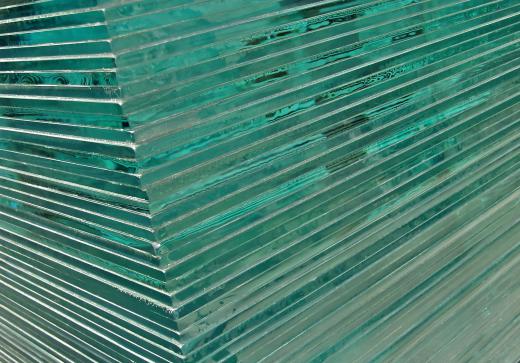Is There Anything More Transparent Than Glass?
 Michael Anissimov
Michael Anissimov
There are several known substances that are more transparent than glass. The best-known are transparent acrylics, used from geodesic domes to windows at a hockey game used to prevent fans from getting nailed by the puck. ETFE (ethyl tetra fluoro ethylene), and PMME (polymethyl methacrylate), and Plexiglas are all significantly more transparent than glass. They are also more chemically more resistant, and can be more than a foot thick and transmit all light passing through. Because of tiny imperfections in atomic arrangement, and physical limits, nothing is perfectly transparent except a perfect vacuum, but some materials sure seem to come close. Pure quartz crystal is another material more transparent than glass.
To understand how something can be more transparent than glass, you have to understand what causes transparency to begin with. Typically, it's randomness in the molecular arrangement, but the chemical nature of the material also matters. Randomly oriented molecules, like those seen in liquids and gases, are poorly coordinated with each other, and are not mutually bound except through the relatively weak van der Waals force. This allows lots of little holes for the light to pass through. By contrast, diamonds are also quite transparent, for the largest known portion of the electromagnetic spectrum for any material, but have a very regular and tightly bonded chemical structure. They are transparent because the electron orbitals carbon atoms in diamond are "maxed out" - they can't absorb photons well, preferring to let them pass through.

Transparency can generally be achieved by heating something up until it melts, then cooling it very quickly. The quick cooling prevents the material from orienting itself in a crystal structure, making the relationships between molecules random. This can even be done with organic materials, like candy, making it transparent. Astonishingly, scientists even recently created a transparent form of aluminum that could be used as a building material in the near future. Glass just isn't as transparent as it's cracked up to be.
AS FEATURED ON:
AS FEATURED ON:











Discuss this Article
Post your comments